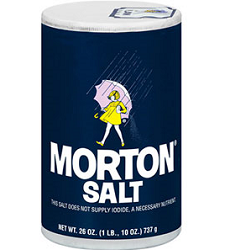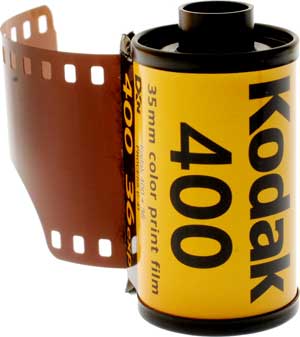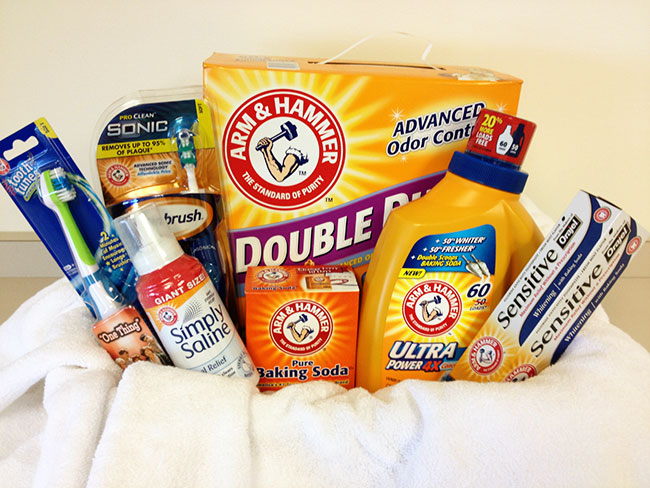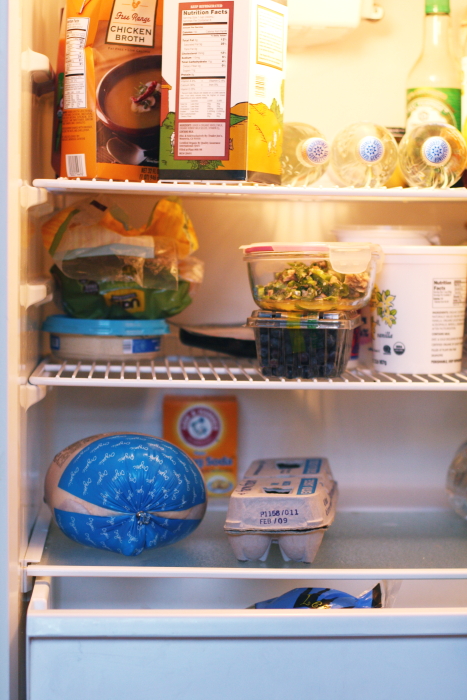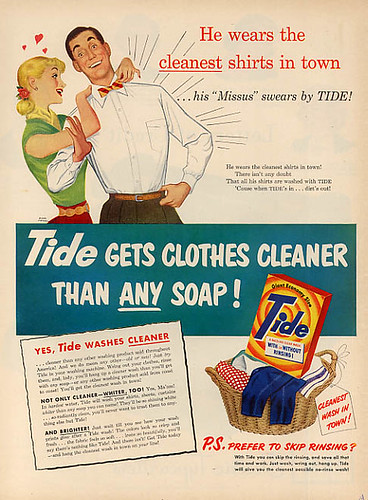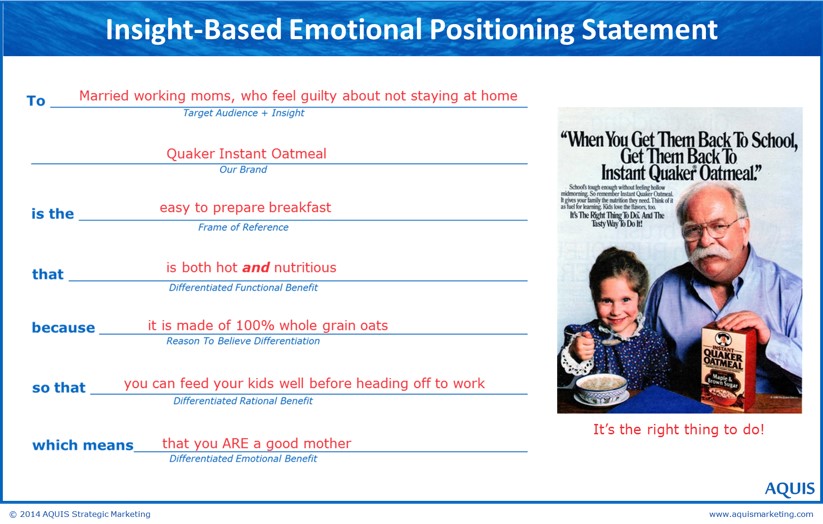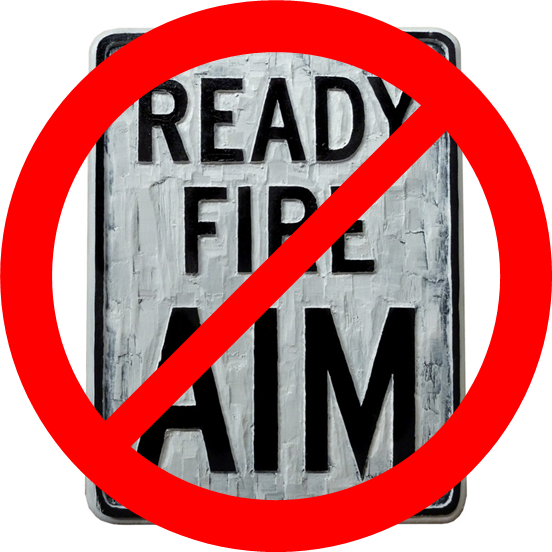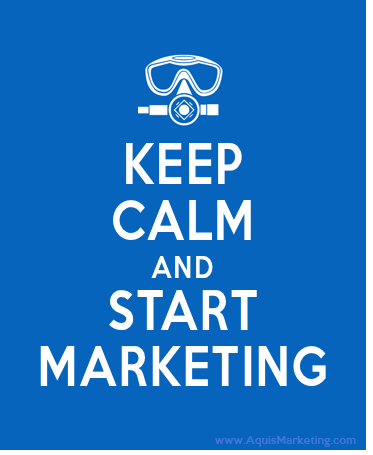Thought I'd split this discussion off from another thread, wherein Clint raised an interesting point.
Assuming that your needs include getting people to give you money in exchange for products and services... marketing is marketing.
It is clear to me that the scuba industry confuses "marketing" with "promotional tactics" in large part. Marketing is a high-level PROCESS. Strategies and messaging and tactics are what come out of the process.
Marketing -- the process -- can and should be applied in exactly the same way to every product or service. Yes, Coke may spend $2 billion a year applying the process to their products... but I can assure you that the exact same process is perfectly suited to your needs. Of course the specific strategies and messaging and tactics that come out of the marketing process for a regulator or a scuba class will be very different than for a detergent... but the process that should be followed for arriving at those messages and tactics is exactly the same.
And, when you understand that the process for doing marketing properly is the same for everything, looking at what marketing can do for a product that is an absolute commodity really underscores the power of following a rigorous marketing process...
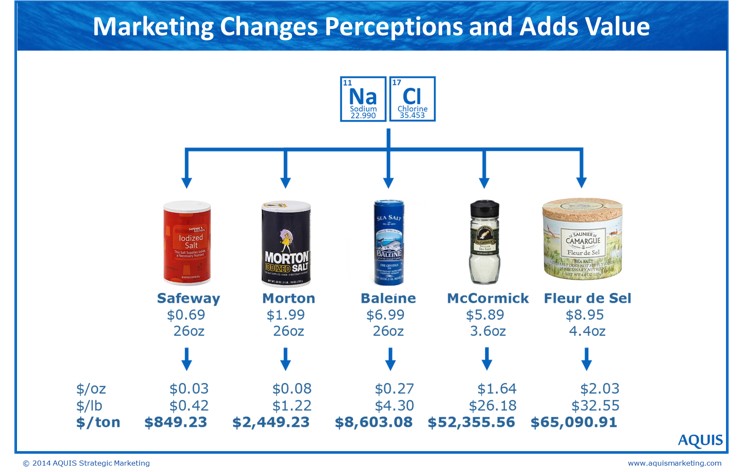
Considering that following the well-defined marketing process can get rational people to not only choose one package of NaCl over another but also PAY MORE for the privilege of doing so... imagine what rigorous, insight-based marketing could do for a product or service that was actually different from the competition?
So the next time someone tells you that marketing doesn't work, you can tell them to go pound salt! (But first, figure out whether you want to be in the "$800 a ton" salt business or the $65,000 a ton" salt business. At a minimum... please at least make the decision to be in the $2,449 a ton" salt business.)
I think the type of marketing expertise used to sell liquid detergent might help sell many types of scuba gizmo's for sure.
I'm much more interested in the type of marketing strategy that will help fill my classroom with students. Once I do that, equipment is very, very easy to sell.
I'm just not sure strategies used to sell commodities are best suited for my needs.
Assuming that your needs include getting people to give you money in exchange for products and services... marketing is marketing.
It is clear to me that the scuba industry confuses "marketing" with "promotional tactics" in large part. Marketing is a high-level PROCESS. Strategies and messaging and tactics are what come out of the process.
Marketing -- the process -- can and should be applied in exactly the same way to every product or service. Yes, Coke may spend $2 billion a year applying the process to their products... but I can assure you that the exact same process is perfectly suited to your needs. Of course the specific strategies and messaging and tactics that come out of the marketing process for a regulator or a scuba class will be very different than for a detergent... but the process that should be followed for arriving at those messages and tactics is exactly the same.
And, when you understand that the process for doing marketing properly is the same for everything, looking at what marketing can do for a product that is an absolute commodity really underscores the power of following a rigorous marketing process...

Considering that following the well-defined marketing process can get rational people to not only choose one package of NaCl over another but also PAY MORE for the privilege of doing so... imagine what rigorous, insight-based marketing could do for a product or service that was actually different from the competition?
So the next time someone tells you that marketing doesn't work, you can tell them to go pound salt! (But first, figure out whether you want to be in the "$800 a ton" salt business or the $65,000 a ton" salt business. At a minimum... please at least make the decision to be in the $2,449 a ton" salt business.)
Last edited:



